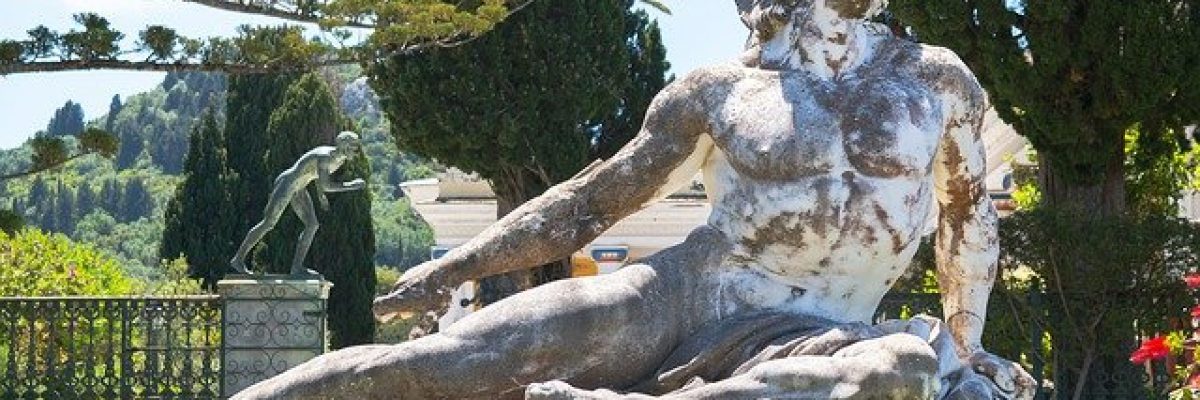The pain relieving expert is asked: You´ve often talked about pain in the area of the feet and toes. Now let’s talk specifically about Archilles tendon and pain in this area. Do you know that?
“Briefly the -technical- facts: The Achilles tendon is the strongest tendon in the human body. It allows the heel to rise off the ground when the foot rolls. If the Achilles tendon hurts, this is called “tendopathy” (or tendon disease). The pain often also appears when the foot is “cold” from rest, and then disappears again when the “engine” is warm. “
And what causes the pain?
“At the beginning of the Achilles tendon irritation, the pain occurs only occasionally. The pain is typically load-dependent. If the irritation continues, the pain persists even after the load and the Achilles tendon can become inflamed. Especially a few centimetres above the heel bone, the tendon has the weakest blood vessel supply and therefore tends to be more susceptible to chronic pain. This is caused by hardening and shortening of the lower leg muscles and felting in the fascial tissue ![]() connective tissue). These pull on the Achilles tendon and cause the pain. “
connective tissue). These pull on the Achilles tendon and cause the pain. “
I see. So the calf, right? And how does it come to these hardenings / tangles?
“If the muscles and fasciae around the Achilles tendon are strained, this also affects the Achilles tendon itself. Most people spend a lot of time sitting in their everyday lives. Often up to 8-12 hours (and more) a day. Legs and calves are then in the same position for most of the day. These same positions make the fasciae and especially muscles like the twin calf muscle more and more unyielding.
It is trained to be short, because it is shorter in a sitting position than when you stand upright. If the person then stands up again, the muscle is stretched again. But the person is not (no longer) used to this. The unyielding muscle therefore also pulls the Achilles tendon upwards when the person stands up. Over time this causes pain. “
Okay. I see the problem. What is advised for treatment and what would you do?
“Eccentric strength training is often recommended, but this has a few disadvantages for the client. If it gets worse, with the pain, shock wave therapy, injections are not uncommon. If calcium deposits on the Achilles tendon occur, an operation is not uncommon.
This can all make sense, but the question is – does it treat the cause? My approach here would be to stretch the shortened muscles and fascial tissue actively, not passively. At the same time, the use of fascial rolls in the affected area would be very supportive. However, not every role is very well suited for this.
But I can provide assistance if further questions arise.This is up to you alone. “













